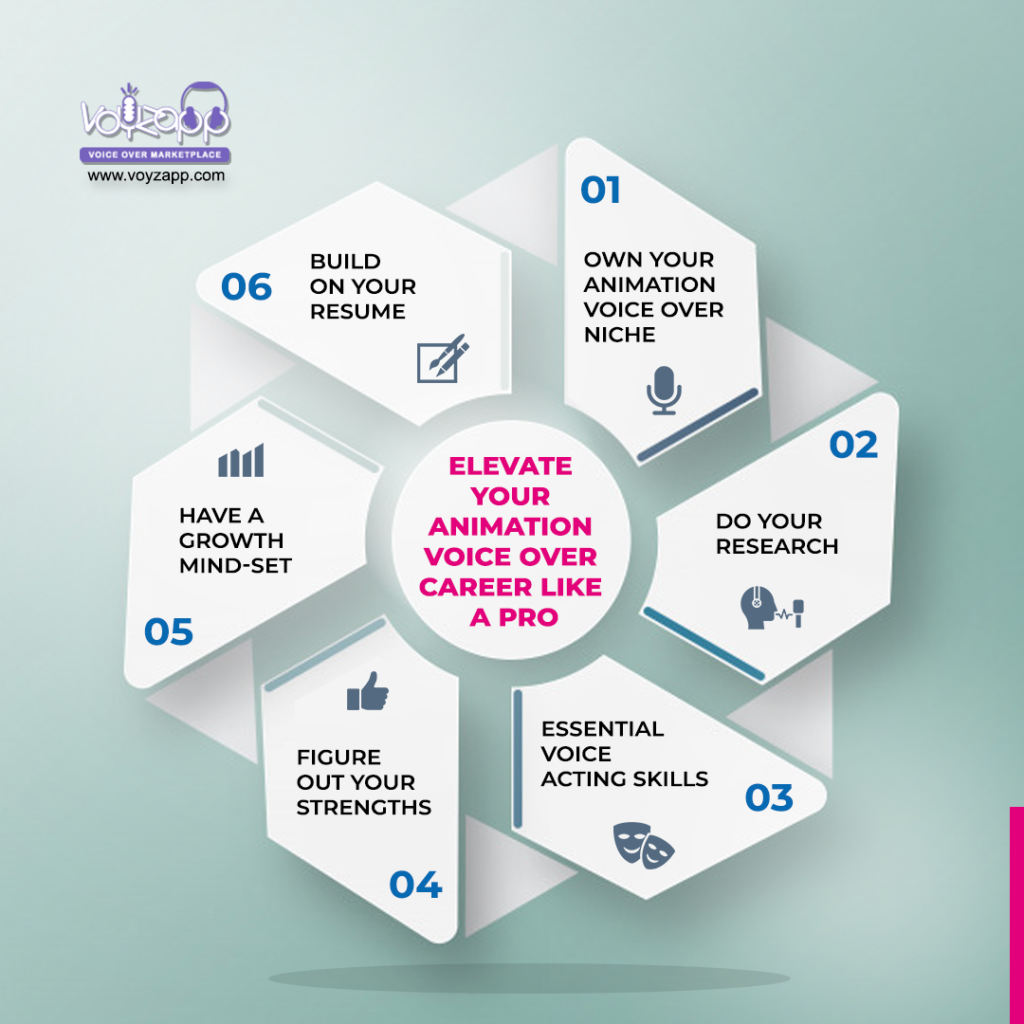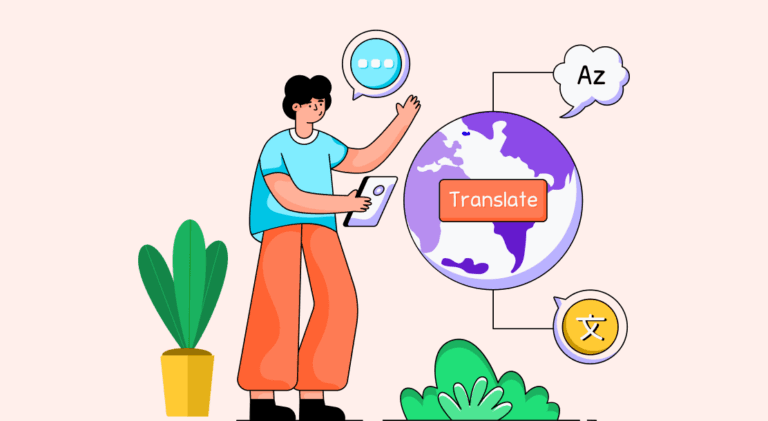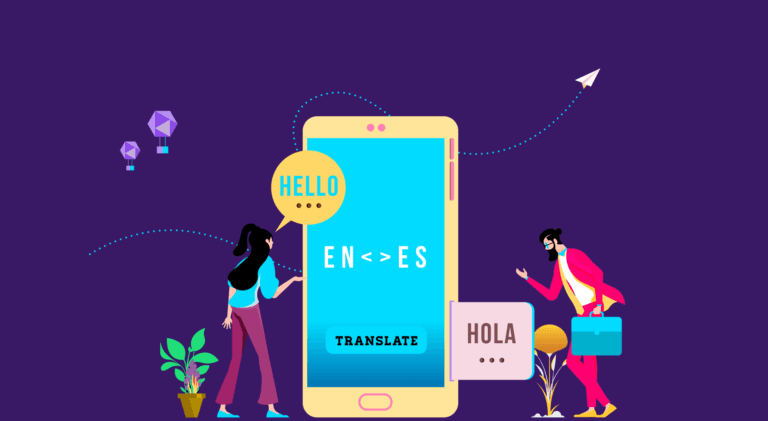
In a globalized economy, businesses need to be able to communicate with customers and partners in multiple languages. Voiceover translation is one way to overcome the language barrier and ensure that your message is communicated clearly and accurately.
Voiceovers provide a way for a message to be conveyed in another language while retaining the original emotion and intent. If done well, voiceover translations can improve the quality of the video. It can help the brand reach a new audience and marketplace. They can be used with or without subtitles, but voiceovers are not without their challenges in both cases.

This blog post will explore some of the significant challenges of voiceover translation. We will discuss the different ways that voiceovers can be done and the challenges of each method. We will also explore the importance of cultural context and how it can impact the effectiveness of a voiceover.
Types of Voiceover Translation
Voiceover translation is the process of translating a spoken language into another spoken language. They are often used in movies, TV shows, and video games to give audiences a way to understand characters speaking different languages. Voiceover translation can be dubbed or subtitled, and it can be either literal or more creative.
Literal voiceover translation is a translation that is as true to the original dialogue as possible. This type of translation is often used for movies, TV shows, and video games that are meant to be realistic. Literal voiceover translation can be challenging to achieve, as it requires a deep understanding of both the source and target languages.

Creative voiceover translation is a translation that takes more liberties with the original dialogue. This type of translation is often used for more artistic and creative videos. They allow the translator to take the creative license and present a unique adaptation. Creative voiceovers can also be designed to make the material accessible to the target audience.
The Challenges of Voiceover Translation
Voiceover translation is not a simple task. It involves taking the original spoken word and conveying its meaning in another language while maintaining the same level of emotion and intent. This can be a difficult feat to accomplish, but it is vital to ensure that the original message’s meaning is preserved.
- One of the biggest challenges is syncing the translated dialogue with the lip movements of the character in the show. This can be difficult, as the translator needs to consider the size of the character’s mouth, the speed of their speech, and the length of their dialogue.
- Another challenge is ensuring that the translation captures the emotional intent of the original dialogue. This can be difficult, as emotions can be conveyed differently in different languages. The translator needs to be able to convey the emotion of the original dialogue while still making sure that the translation is accurate.

The Impact of Cultural Differences
When it comes to voiceover translations, cultural differences can have a significant impact on the final product. This is because the meaning of words and phrases can vary greatly from one culture to another. For example, certain words may be considered offensive in some cultures, while in others, they may be perfectly acceptable. This can make it difficult to know how to translate a script without offending someone.
Fortunately, there are ways to overcome this challenge. By working with a voiceover translator familiar with both cultures, you can ensure that your message is conveyed accurately and without any offensive language.
The Potential Solutions to Overcome Challenges
There are many benefits to using voiceover translation, including the ability to reach a wider audience, improved communication, and increased understanding. Voiceover translation can also help you build trust with your customers and partners, showing that you are willing to go the extra mile to accommodate their needs.
The challenges in voiceover translation are vast, but there are potential solutions that can help to overcome them. Voiceover translation is a complex process that requires expert knowledge and skills. Many challenges can arise during the voiceover translation process, including:
- Ensuring that the translation accurately conveys the original meaning
- Translating idiomatic expressions and colloquialisms
- Maintaining the same level of emotion and feeling in the translation
- Timing the translation to match the audio
To overcome these challenges, you must get the right voiceover talent and cross-check the content before publishing. This way, you can ensure that your voiceover translations do what they are meant for!
1. Choose the right voiceover talent.
When translating a script from one language to another, it’s important to choose a voiceover talent that can convey the original message and meaning of the script. This is especially true for voiceover translations, as the voiceover artist will speak the words in a different language than the original script.

It’s important to choose a voiceover artist who is fluent in both the original and the target language, as they will be able to convey the meaning of the words more accurately. Additionally, it’s essential to choose a voiceover artist with a clear and pleasant voice, as this will help to engage listeners and keep them engaged with the audio translation.
Choosing the right voiceover talent ensures that your voiceover translation is accurate and engaging. While hiring, you can ask for samples and check the quality. You can do a demo as well to ensure the best results. Take that time to find the right talent to ensure the best voiceover.
2. Check the voiceover thoroughly for errors.
Before you publish your content to reach your target audience, take the time to do a test screening. Whether a film, documentary, or short video – brand assets can deeply impact brand awareness.
Ask your trusted ones to listen to the voiceover and ensure it’s good to go. Try to find people who know the target language and ask them to point out all the errors. It will be easier for those who know the language by heart to understand the mistakes, not only in words but also in tone.
In the End
If you’re considering using voiceover translation for your business, you must keep the above pointers in mind.
There are plenty of voiceover translation services that can help you overcome the challenges. Take the time to research and find the one that best suits your needs. Whether you are looking for a single video voiceover translation or a multilingual voiceover, you can find professional talent easily if you look in the right place.
FAQs
Multilingual voiceover translations can help expand the reach of the brand. They can help connect you with people from other cultures and grow your business.
You can look online for voiceover translation services that fit your needs and give you the best translations. Ask for samples and demos to ensure the best quality.
Cultural context is one of the significant challenges when it comes to voiceovers. Differences in cultures can reflect in language, and a bad translation can easily be seen as offensive and non-engaging for the audience.
Take the time and effort to hire the right talent who knows both the source and target language. Make sure that they also have a pleasant and professional voice. Cross-check the content before it goes live.
Latest Blogs
Learn how to rank on AI search engines like ChatGPT, Perplexity, and Gemini by optimizing your content for authority, structure, and relevance. Stay ahead in AI-driven search with this strategic guide.
Explore the best healthcare SEO services for your medical practice. Improve online visibility and effectively reach more patients in need of your services.
Discover top social media agencies specializing in banking solutions, enhancing financial services and driving engagement.
Get your hands on the latest news!
Similar Posts

Translation
5 mins read
All You Need to Know About Language Translation and Terminology Management

Translation
5 mins read
6 Reasons to Translate Content into German

Translation
5 mins read